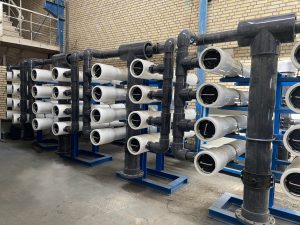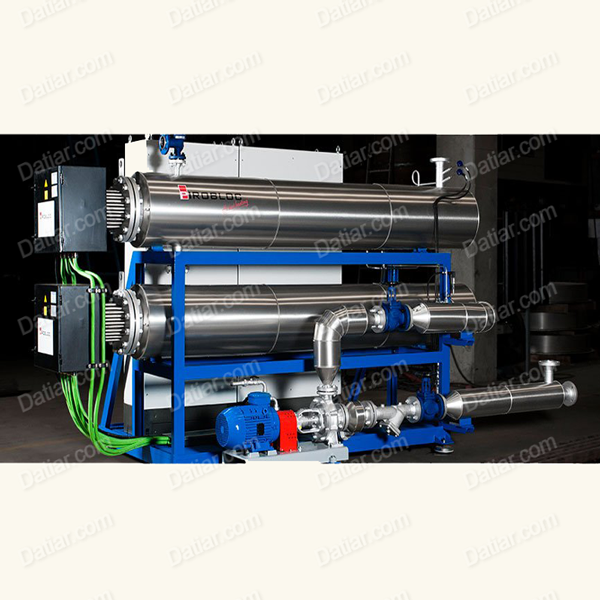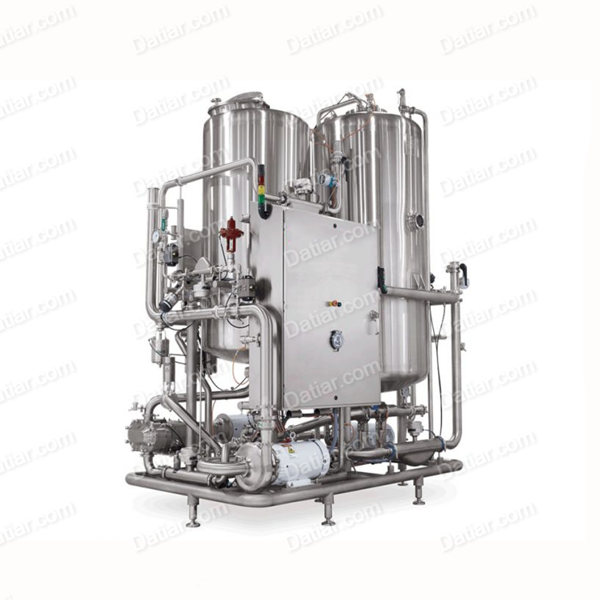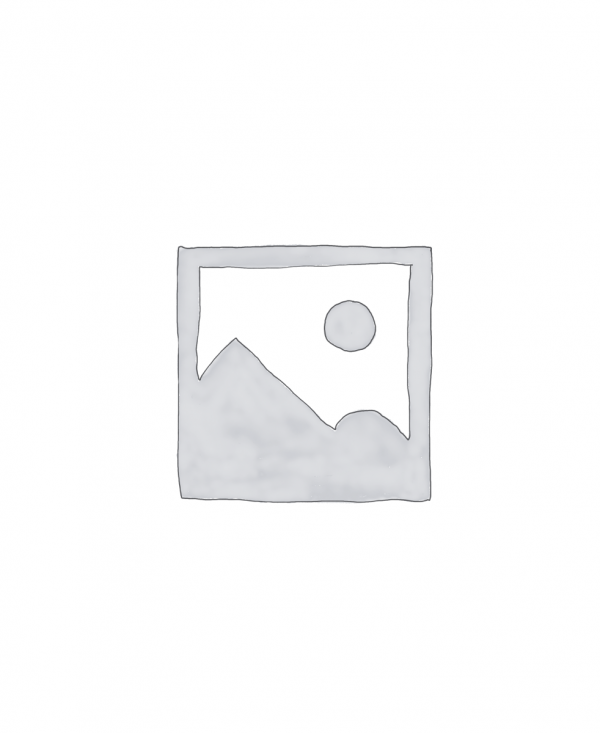Microfiltration
Microfiltration is a membrane filtration technique designed to eliminate contaminants from a fluid by utilizing microporous membranes. These membranes possess pore sizes that typically span from 0.1 to 10 micrometers. What sets microfiltration apart from reverse osmosis and nanofiltration is its distinct characteristics: it operates without the need for substantial pressure, and it specifically targets suspended particles rather than dissolved contaminants.
In the microfiltration process, fluids are passed through the microporous membrane, which acts as a sieve, blocking particles and impurities above a certain size threshold while allowing the desired fluid to pass through. This method is particularly effective for applications where the removal of larger particles, such as bacteria, algae, and sediment, is paramount while retaining the fluid’s essential components.
In contrast to reverse osmosis and nanofiltration, microfiltration does not entail the removal of dissolved substances or ions. Instead, it excels at separating solids from liquids, making it a valuable tool in industries ranging from water treatment to food and beverage production.








